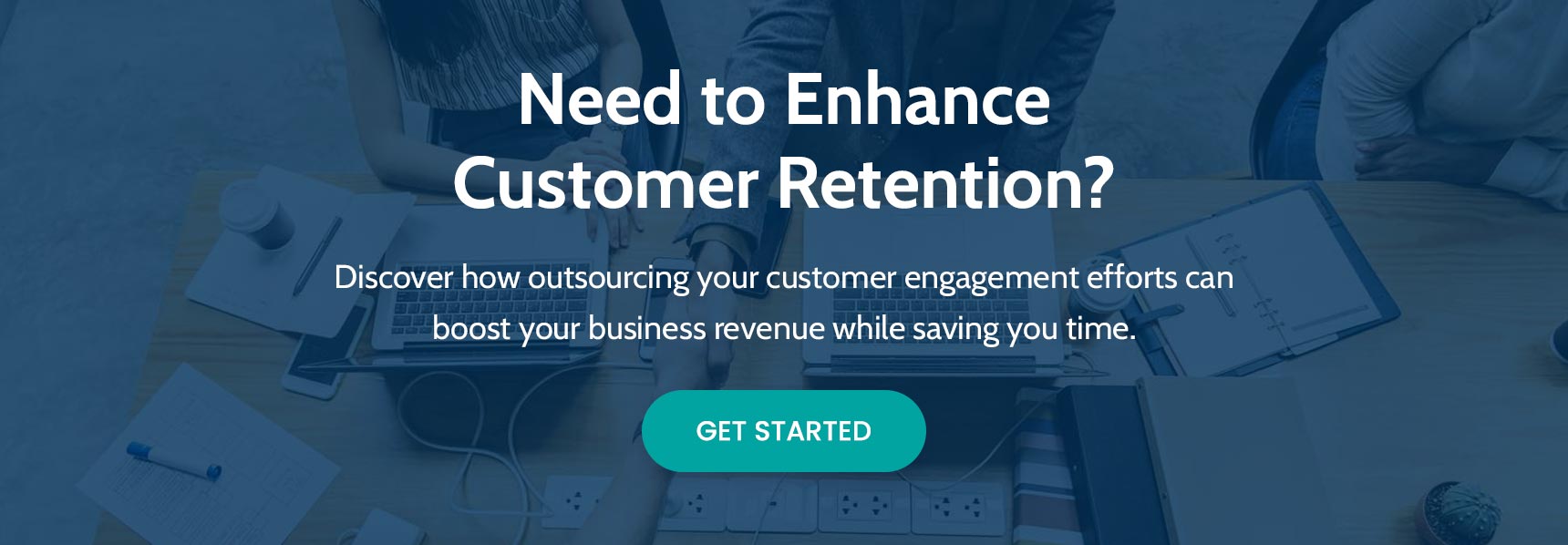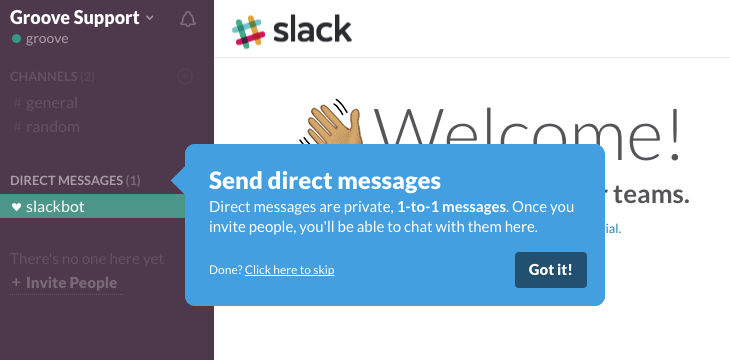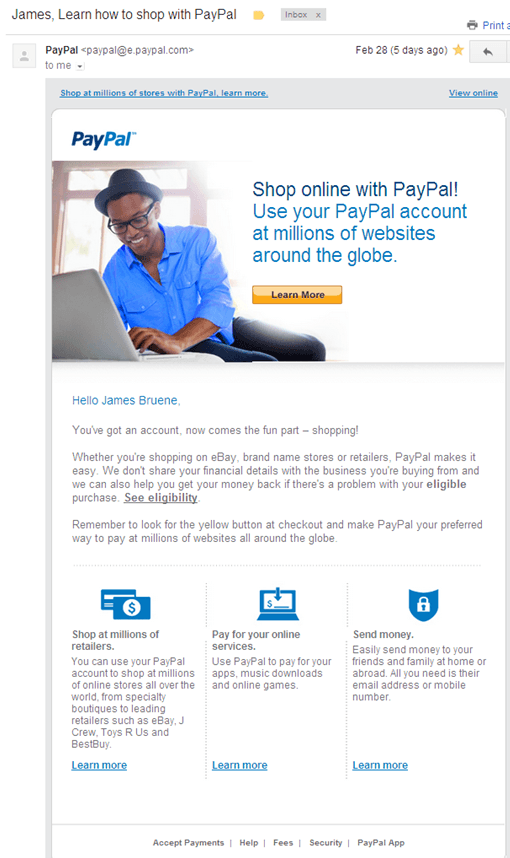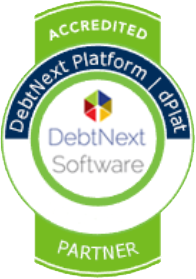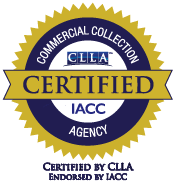Building an Engaging Customer Onboarding Strategy
You’ve converted another prospect into a customer!
It’s easy to think that your job is now complete. But in order to retain that customer for years to come, onboarding them properly is your first step.
Customer onboarding refers to all the activities associated with introducing your new customer to your business. A crucial step in the customer lifecycle management process is to make your customer feel welcome and help them feel they’ve made the right decision.
But your customer onboarding strategy needs experienced, knowledgeable customer service agents to make the right impact. Is your customer relationship management team prepared?
At Radius Global Solutions, our agents are equipped with the technology and in-depth training needed to serve customers from their first call to their last.
Benefits of Customer Onboarding Processes
If you don’t currently have a customer onboarding process, creating one from scratch may seem overwhelming. However, the benefits are well worth the effort:
- Minimizes misunderstandings about your products or services
- Increases the customer lifetime value (LTV)
- Elevates your customer retention efforts
- Provides the opportunity for cross-selling or upselling
- Enhances the customer experience from day one
- Decreases employees’ time spent answering common questions
- Improves your chances of gaining referrals and repeat business
To help, we’ve given you five steps to get you started.
Step 1: Create a Personalized Welcome Email
It’s hard to believe, but only 57.7% of brands send a welcome email to new subscribers. This is a lost opportunity, considering that welcome emails generate up to 320% more revenue than other promotional emails.
Customers today want to feel a genuine connection to their favorite brands. That’s why personalization and prioritizing the customer experience are key to a successful onboarding strategy.
If you’re an online retailer, for example, including links to current promotional items in your welcome emails is a great way to connect with your customers while increasing sales. And here’s an example of a welcome email template for the financial industry:
Welcome emails’ performance metrics consistently blow other types of emails out of the water. Making sure you don’t skip this step is your business’s golden opportunity to make a positive first impression – while showcasing your other customer engagement channels in the process.
Step 2: Share a Setup Guide
If one of your customer engagement channels includes a self-service portal or mobile app, you’ll want to pass along relevant setup guides during the onboarding process.
Setup guides can take the form of a video walkthrough, screenshots, written instructions, or a combination of the three. By offering self-service options to your customers, you’ll give them the flexibility to interact with your business in multiple ways. This helps enhance customer satisfaction and can help your business scale its support operations.
For example, utilities and telecommunications brands often provide online bill pay options via their website or mobile app:
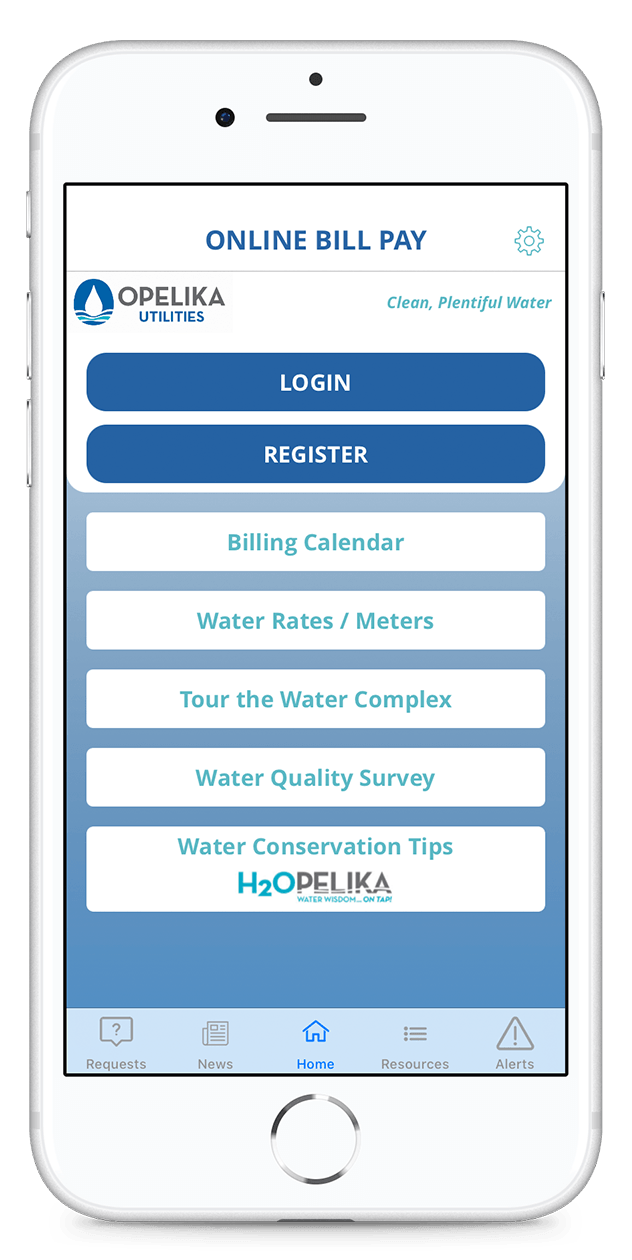
Streamlining the billing process and providing customers with on-the-go account information delivers the level of convenience that consumers have come to expect. But this technology won’t be convenient if your customers don’t know how to use it. Be sure to send your setup guide with the welcome email, or shortly after if you’re using an automated email workflow.
Step 3: Schedule Automated Emails
If your email marketing platform allows you to build automated workflows, set up at least one to ensure continuous engagement with your new customers.
Delivering a consistent flow of new, relevant content will help your new customers become more familiar with your business. As a result, they’re more likely to stay loyal to your business and spend more in the process.
In fact, 43% of customers spend more with brands that they’re loyal to. But if your business isn’t engaging enough with customers, 54% will consider switching to a different company.
Here’s a few ideas for emails you can add to your new customer onboarding workflow:
- Upselling or cross-selling opportunities
- Educational content (blogs, downloadables, videos)
- Current offers or new customer discounts
- Requests for an online review or survey submission
- Re-engagement emails to individuals who did not open previous content
- Holiday or birthday discounts
These emails can be sent a week apart, two weeks apart, or at an interval that makes the most sense for your audience. Keep in mind that while you want to enhance the customer experience by delivering relevant information, you don’t want to overwhelm them with constant emails.
Step 4: Send a Customer Satisfaction Survey
As we mentioned in Step 3, sending your new customers a satisfaction survey is an excellent way to engage with them further.
One option is to send a customer satisfaction survey in the welcome email that asks about the onboarding process itself. Did they find it easy to communicate with you? Were their questions answered in a timely manner?
Another option is to add a survey to your automated email workflows further along into your relationship. After two or three months of consistent engagement, your new customers will likely have thoughts to share.
By sharing survey information with your customer service team, you’ll continuously discover new ways to enhance your customer onboarding process.
Step 5: Provide Your Website’s FAQ Page
While you’ll need to be available to your customers to answer their questions, it’s also helpful to provide a way for them to find solutions on their own.
A Frequently Asked Questions (FAQ) page on your website is not only beneficial for new customers, but for your existing customers and prospects.
An FAQ page also helps reduce the number of questions your customer support teams receive on a regular basis. Many customers will only reach out if they cannot find the information they need on their own.
A great FAQ page can include the following information, plus any other common questions specific to your organization:
- Hours of operation
- Service area
- High-level information about your products or services
- Industries served
- Return or refund policy
- A way to contact your business if their question wasn’t answered
Sending a link to your FAQ page in your welcome email or automated workflows will help alleviate some of the stress or anxiety a customer may experience when working with a new business.
Customer Onboarding That Drives Business Growth
Working with your team to craft an impactful customer onboarding strategy can help boost retention, increase referrals, and positively impact your bottom line — but only with a consistent and dedicated customer service team.
If you’re looking to boost your business with award-winning customer support outsourcing, contact Radius Global Solutions today. We know how to set your onboarding processes up for success!

